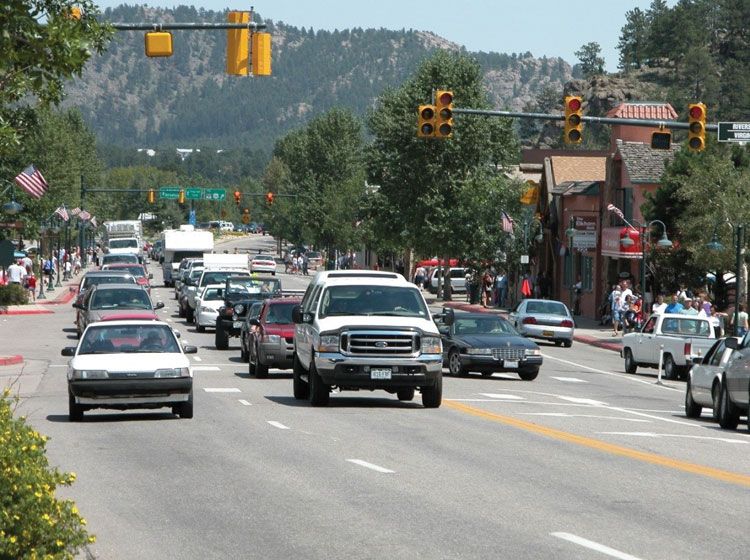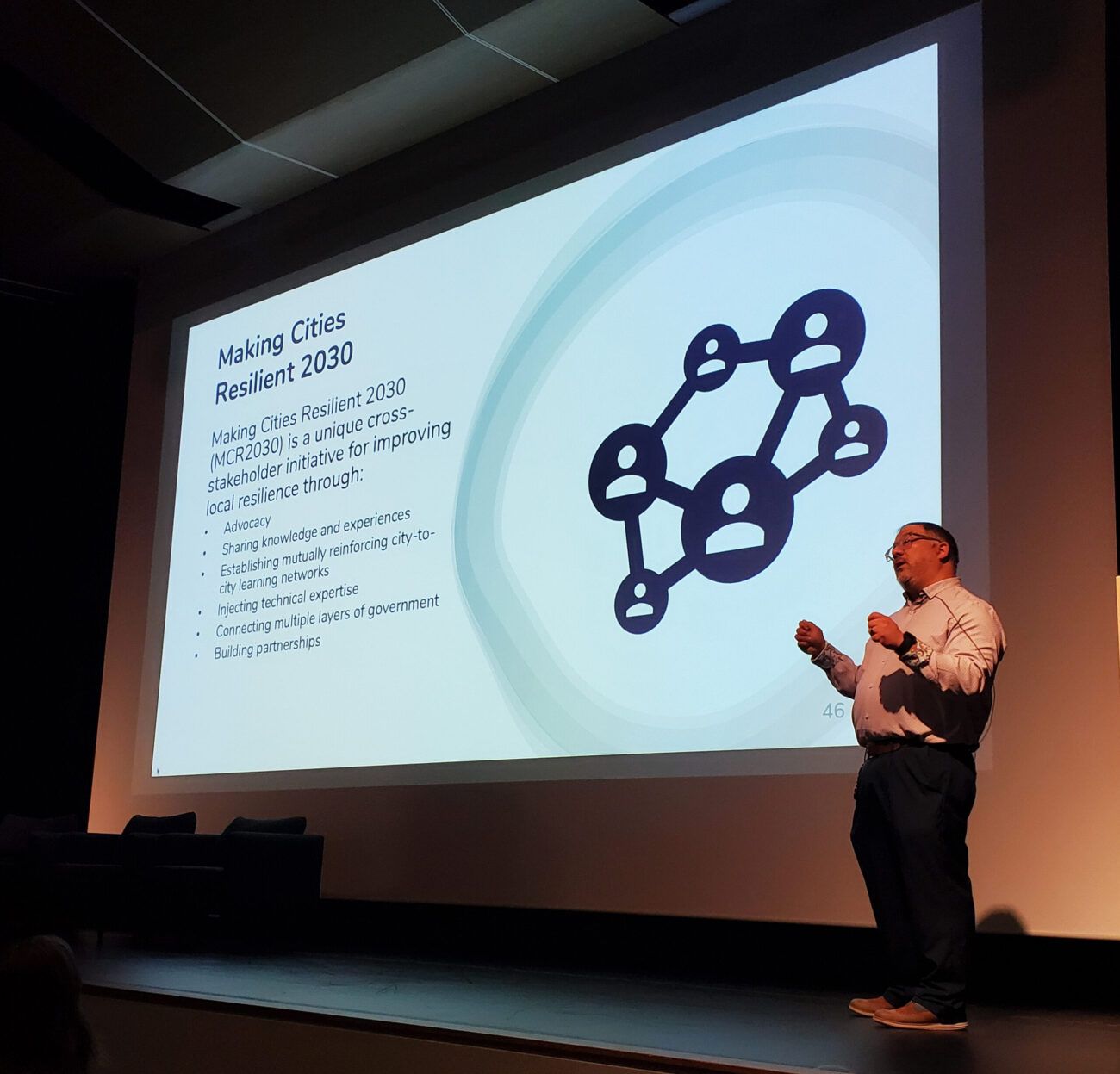Buses to gain access to shoulders on U.S. 36 beginning Sunday
BOULDER — Beginning Sunday, many of the Regional Transportation District’s “Flatiron Flyer” regional buses will be able to, under certain traffic conditions, drive on the shoulder of U.S. Highway 36 between Boulder and Denver, RTD said Friday.
Buses will be able to drive on the shoulder if the traffic speed in the general-purpose lanes is less than 35 miles per hour. The buses, while using the shoulder, will not be allowed to exceed the speed of general-purpose traffic by more than 15 mph, with a maximum speed on the shoulder of 35 miles per hour.
Some Flatiron Flyer express routes use the new inner, managed lanes of U.S. 36 and would not have cause to use the outer shoulder. But for local routes with more intermittent stops, being able to move from the general purpose lanes to the shoulder could help prevent delays.
SPONSORED CONTENT
Only RTD buses will be allowed to travel on the highway shoulders, at the discretion of the bus driver. Shoulder use for emergency responders and broken-down vehicles will continue to be a priority. All private vehicles must stay in the general-purpose or managed lanes and are not allowed to follow buses onto the shoulder, RTD said.
As a part of the U.S. 36 Express Lanes project with the Colorado Department of Transportation, the highway shoulder was expanded to a width of 12 feet and built to withstand the weight of a bus.
“The road improvements to the shoulder, thanks to the U.S. 36 Express Lanes project, will provide an additional resource for our buses to keep moving efficiently,” said Dave Genova, RTD general manager and chief executive, in a media release. “Being able to utilize the shoulder during traffic congestion will allow the Flatiron Flyer to continue to provide reliable service at all times.”
Currently, bus-on-shoulder operations will only be allowed on U.S. 36. However, a recent law passed by the state Legislature could allow bus-on-shoulder options to be added to other highways, if work is done to expand the shoulders.
The Flatiron Flyer bus rapid transit service, which replaced the “B” route and other regional bus routes between Boulder and Denver, is comprised of six all-stop and express routes that operate along the U.S. 36 corridor. The BRT service runs every three to 15 minutes, depending on time of day and location. The service encompasses 18 miles of express and high-frequency bus service, with six stations along U.S. 36.
Buses to gain access to shoulders on U.S. 36 beginning Sunday




